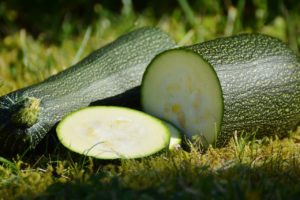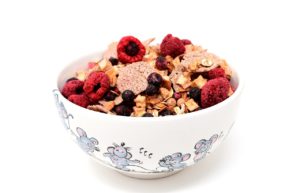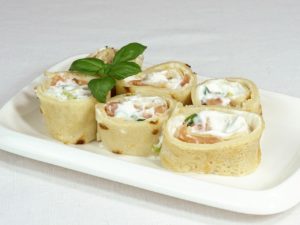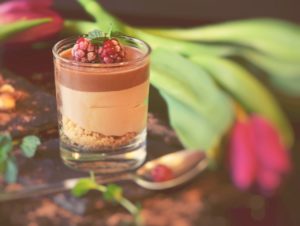Toddlers are notoriously picky eaters and yours is likely no exception. Following his first year of rapid growth, your toddler will gain weight more slowly during his second year and will need less food. This developmental change, combined with a toddler’s growing need for independence and his inability to sit still for prolonged periods, can turn the dinner table into a battleground.
When your toddler turns his nose up at a new food or refuses to eat or drink something that was a favorite at one time, don’t worry. For toddlers, what and how much they are willing to eat may vary daily. Just offer food that packs lots of nutrition in small doses and makes mealtime fun.
• Make Every Calorie Count-Children ages 1 to 3 years of age require 1,000 to 1,300 calories a day, according to the American Academy of Pediatrics (AAP). Nutrient-dense foods eaten at mealtime or as a snack will help keep your active toddler going.
Some of these foods, many of which are pleasing to even the most discriminating toddler palate, include pasta, peanut butter, potatoes, cheese, eggs, sweet potatoes, avocados and yogurt.
• Offer Unique Ways to Try Foods-Be creative with meals as well as with presentation. Finger foods can make mealtime fun for a toddler. Offering different ways to try foods can also make them more appealing. Many toddlers love to eat foods that they can dunk in a dip, such as cream cheese, fruit preserves or guacamole. Foods that can be spread on bread or crackers or sprinkled onto main courses are also popular with the toddler set.
• Let Your Child Drink it Up-If your child would rather drink than eat, making nutritious drinks such as smoothies with milk, fruit and yogurt can be a great, healthy snack. Offering drinks in a fun new spill-proof cup, such as the Cupsicle Straw Cup by Munchkin, can keep your child refreshed throughout the day. The Cupsicle is insulated with Ice Cold Crystals that hold the cold inside once the cup is chilled. Just place the cup in the fridge or freezer before use, fill it with a nutritious drink and relax. You know he’s much more likely to drink those important fluids if they’re fresh and cold. And because fluids and nutrition are important at any age, there is a Cupsicle for every stage of a child’s development.
• Be a Good Role Model-One of the most effective ways to ensure that your child develops healthy eating habits is to model your own enthusiasm for nutritious food. Limit your intake of junk food and alcohol and eliminate smoking from the household. If your toddler sees you engage in healthful eating and exercise habits, chances are he will grow to want to as well.
While at times overwhelming, working through your toddler’s picky eating habits can be achieved with a little ingenuity and a whole lot of patience.
Following these essential steps will help ensure your child is getting the nutrients he needs to stay healthy and strong.






